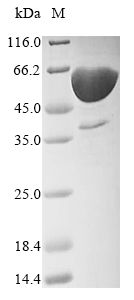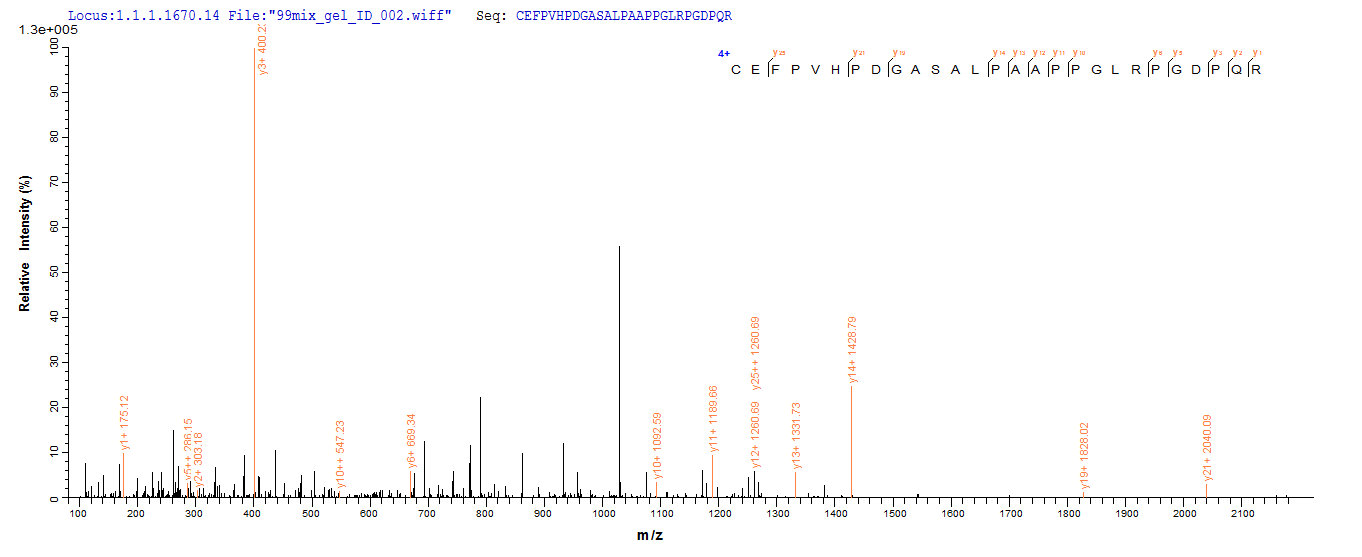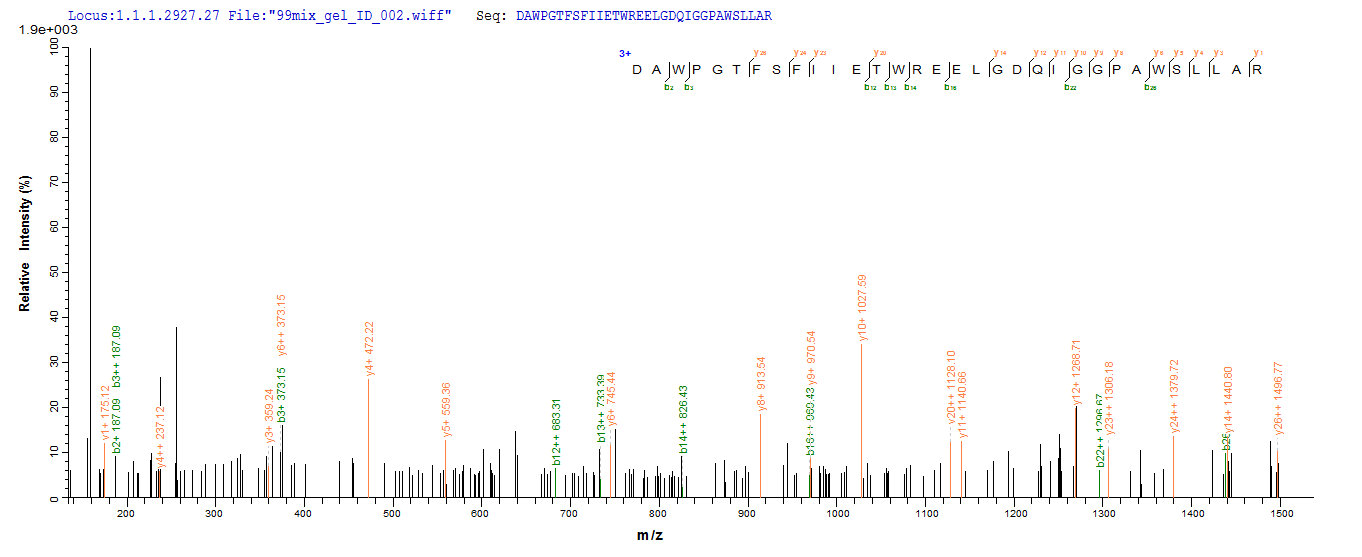Unlock the potential of developmental biology research with our Recombinant Human DLL3 protein. Delta-like protein 3 (DLL3) is an essential component in the Notch signaling pathway, which plays a crucial role in regulating cellular differentiation, proliferation, and apoptosis. This protein is instrumental in studying stem cell differentiation, tissue patterning, and organogenesis.
Sourced from yeast, the Recombinant Human DLL3 protein covers the 27-492aa expression region, corresponding to the extracellular domain of the native protein. The N-terminal 6xHis tag allows for easy purification and detection, ensuring reliable and efficient use in your experiments. With a purity of greater than 90% as determined by SDS-PAGE, this protein guarantees consistent performance for your research needs. Available in both liquid and lyophilized powder forms, this versatile protein is suitable for a wide range of applications and experimental designs.






